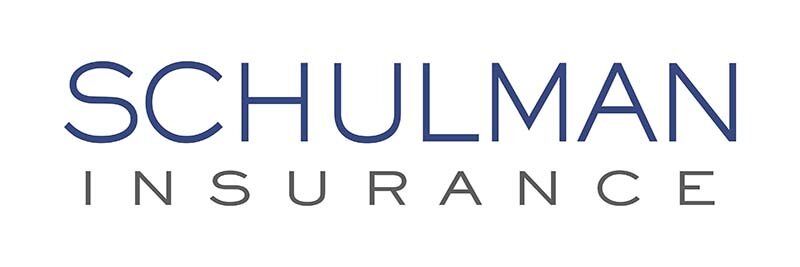2022 RxDC Reporting Instructions Released
The Centers for Medicare and Medicaid Services (“CMS”) recently released updated RxDC reporting instructions, the HIOS Manual User Guide, and the HIOS Quick Guide related to reporting 2022 data. While substantially rearranged, the substance of the instructions largely remains the same. Nevertheless, there are some notable changes.
Background
As previously reported, plan sponsors of group health plans must submit information annually about prescription drugs and health care spending (“RxDC reporting”) to CMS. The first deadline was December 27, 2022 (extended to January 31, 2023) for reporting on calendar years 2020 and 2021. The next deadline is June 1, 2023, for reporting on the calendar year 2022.
It should be noted that carriers, pharmacy benefit managers (“PBMs”), and third-party administrators (“TPAs”) assisting with the reporting may have earlier deadlines for employers to respond to them with certain data points (e.g., plan name, average monthly premiums).
New Instructions
The following are the most relevant changes from the prior year:
• The enforcement relief available for failure to report average monthly premium paid by employers and members for 2020/2021 reporting is not available for 2022 reporting. Additionally, no other good faith relief has been extended with respect to 2022 reporting at this time.
• Changes providing clarification about what should be reported in D1 and D2 files:
• Prescription drug rebates should be subtracted from premium equivalents in D1 regardless of whether the rebate received in the reference year is retrospective or prospective.
• Stop-loss reimbursements should be subtracted from premium equivalents in D1.
• Stop-loss reimbursements should not be subtracted from total spending in D2.
• Prescription drug rebates expected, but not yet received, should be subtracted from total spending in D2.
• Changes to incorporate lessons learned from the first submission date, particularly around making the submission more efficient and more precise.
• There is an additional option for multiple vendors to submit the same data file on behalf of the same plan, issuer, or carrier.
• Plans and carriers and their reporting entities are encouraged to work together to submit only one data file of each data file type for the same plan, issuer, or carrier. For example, if one reporting entity is responsible for only some of the fields in a data file, it might fill out those fields and then give the data file to the other reporting entity to complete the remaining information before submitting the data file in HIOS.
• However, if entities are unwilling or unable to work together, more than one reporting entity may submit the same type of data file on behalf of the same plan, issuer, or carrier. For example, if a plan has two issuers, one for behavioral health benefits and another for other medical benefits, then both issuers can submit D2 on behalf of the plan. The first issuer’s D2 would include the plan’s data related to behavioral health benefits. The second issuer’s D2 would include the plan’s data related to other medical benefits.
• Similarly, if a plan or carrier changes vendors during the reference year (such as changing a TPA or PBM), it’s acceptable for the previous vendor to report the data from the period prior to the change, and the new vendor to report the data from the period beginning on the date the change was effective. Alternatively, the previous vendor may provide the data to the new vendor and the new vendor would report the entire year of data.
• There is an additional option for a reporting entity to create multiple submissions in HIOS for the same reference year.
• A reporting entity may make multiple submissions in HIOS if the content of the submissions is mutually exclusive. That is, if a reporting entity creates multiple submissions, each plan in the plan lists and data files must be included in only one of the submissions. If multiple submissions with overlapping content are accidentally created, the RxDC HIOS Manual User Guide contains instructions on editing and deleting submissions. CMS discourages reporting entities from making multiple submissions in HIOS.
• Changes related to when reporting is and is not required:
• RxDC reporting requirements do not apply to retiree-only plans.
• Reporting must be done for all 50 states, the District of Columbia, and the U.S. territories.
• Plans and carriers should make their own determination on whether to include information about prescriptions filled in other countries
• Examples of when wellness services are billed on a claim and thus reportable:
• A member sees a provider for the placement of a nicotine patch to help with smoking cessation, and the provider submits a claim for providing this service (for example, using codes CPT 1036f and S4990). This is a billed claim.
• A member receives a gift card for completing a smoking cessation program. This is not a billed claim.
HIOS Guidance
The HIOS Manual User Guide and HIOS Quick Guide have been substantially changed, increasing from 8 pages to 34 pages. The first 3 pages include specific information that registrants should omit. At this time, it does not appear the email reporting option available for 2020/2021 reporting will be available for employers responsible for filing P2 and D1 themselves for 2022.
Therefore, if an employer needs to submit one (or more) of the “D” files (e.g., D1) on behalf of the group health plan because a TPA or PBM is not handling the full filing, the employer should sign up for a HIOS account.
Employer Action
With respect to these new instructions, employers should:
• Identify which of the above changes will impact their filing this year.
• Work with carrier partners, TPAs, PBMs and other vendors, as appropriate, to submit the requisite 2022 data.
The instructions themselves are helpful and answer questions about the filing requirement and provide relevant examples when appropriate. Additional guidance and/or relief could be issued before the June 1, 2023 filing deadline. We will continue to monitor and inform you of any applicable changes.
